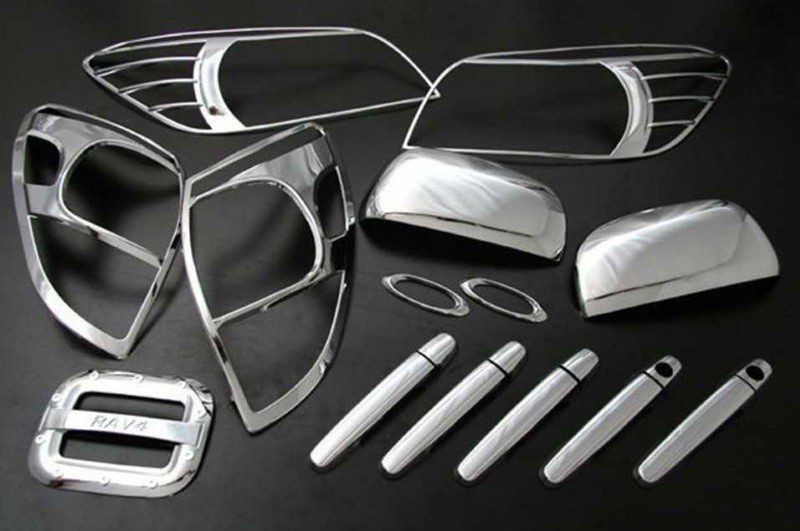
Хромирование деталей автомобиля в домашних условиях (технология + видео)
Содержание
Вопросом изменения внешнего вида своего авто рано или поздно задается почти каждый автомобилист. Некоторые проводят сложный тюнинг, устанавливая на машину разварки или делают свой транспорт в стиле стенс. Другие идут путем наименьшего сопротивления – украшают машину большим количеством стикеров (о стикербомбинге также рассказывается отдельно).
Поговорим о еще одной возможности изменить стиль своего авто, но этот способ более трудоемкий и сложный. Это хромирование металлических элементов автомобиля.
Для чего нужно хромирование
Блестящая хромированная отделка всегда привлекает внимание прохожих. Даже невзрачный автомобиль после украшения деталью серебристого цвета приобретает оригинальный дизайн. Кроме того, с помощью таких элементов можно подчеркнуть особенность отделки кузова, и защитить их от агрессивного воздействия влаги.
Но помимо дизайнерской идеи хромирование имеет и практическую сторону. Деталь, обработанная специальным веществом, получает прочный защитный слой, предотвращающий образование коррозии. Хромированную поверхность проще обслуживать, так как она получается глянцевой, а эффект зеркала сразу покажет, где нужно удалить загрязнение.
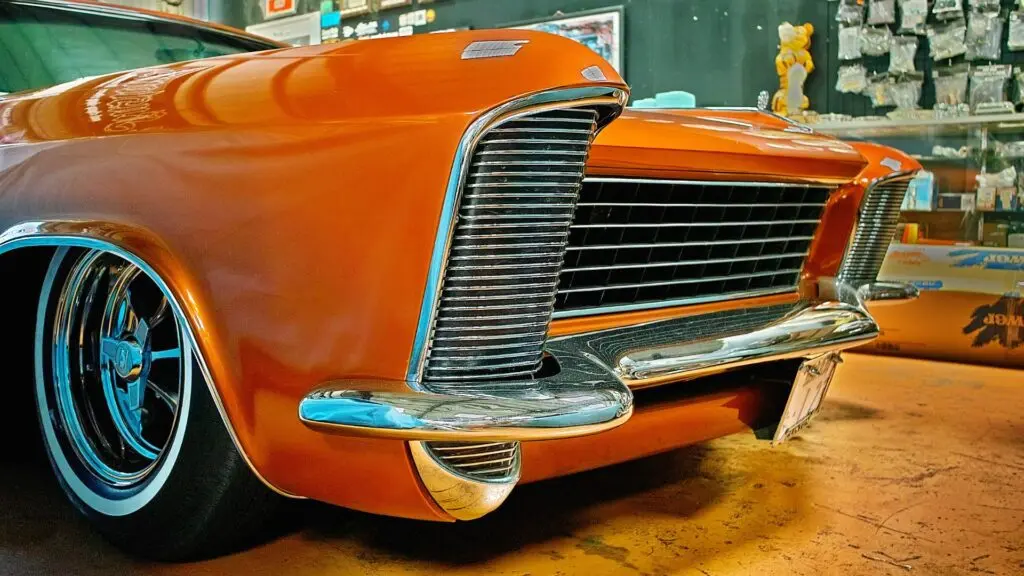
В каждом автомобиле можно найти хотя бы один элемент, обработанный в таком стиле. Однако некоторые автомобилисты стремятся самовыразиться, и не довольствуются заводской комплектацией своих машин. В некоторых случаях покрытие наносят на те детали, которые были испорчены ржавчиной, но технически их еще можно использовать в авто. После обработки такая запчасть становится, как новая.
Прежде чем рассмотреть всю технологию обработки, стоит обратить внимание на то, что это трудоемкая и достаточно опасная процедура. Металл обрабатывается ионами хрома. Для этого используются опасные для здоровья химические вещества, как, например, кислота. Хромирование сопровождается воздействием электричества на обрабатываемую поверхность, поэтому большинство отдают предпочтение, чтобы эту работу выполнили специалисты (например, если поблизости есть завод с гальваническим цехом). Но для любителей ручной работы рассмотрим всю процедуру поэтапно.
Оборудование и материалы для хромирования деталей своими руками
Вот что нужно подготовить, чтобы процедура прошла успешно:
- Резервуар. Нельзя, чтобы он был металлическим, но при этом обязательно, чтобы емкость могла выдержать высокую температуру. Размер должен соответствовать габаритам обрабатываемой детали. В гальванических цехах на заводах автопроизводителей обрабатываемые детали опускаются в большие ванны со специальным раствором, в котором помещены электроды, подключенные к электрической сети. В домашних условиях сложно повторить подобную обработку, поэтому чаще всего это небольшие емкости, в которых обрабатываются негабаритные детали.
- Приспособление, которое позволит нагреть электролит. Причем оно не должно быть подверженным к воздействию кислоты.
- Градусник со шкалой не менее на 100 градусов.
- 12-вольтовый выпрямитель, способный выдавать силу тока в 50 А.
- Конструкция, на которой будет подвешена деталь. Элемент не должен лежать на дне емкости, потому что в месте контакта он не будет обработан в достаточной мере – слой из-за этого будет неравномерным.
- Катод (в этом случае он будет представлен обрабатываемой деталью) и анод, к которым будут подсоединены провода.
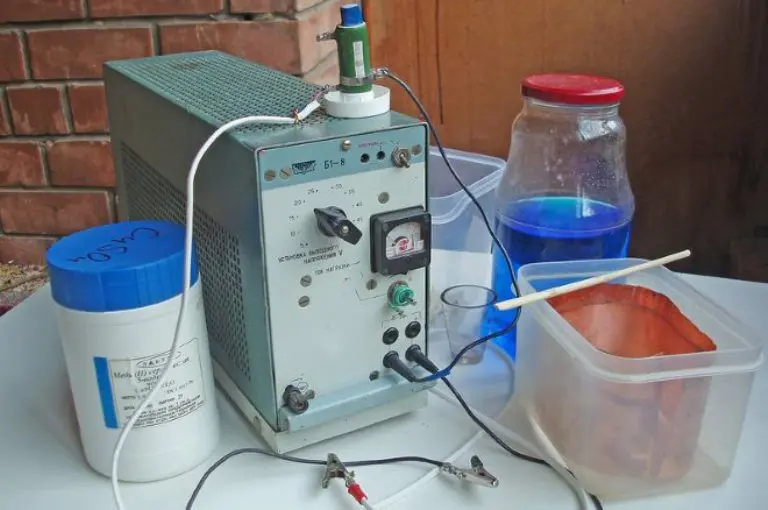
Конструкция установки для хромирования
Вот как можно изготовить установку для хромирования деталей:
- Резервуар, в котором будет проходить обработка (например, трехлитровая стеклянная банка), помещаем в кислотоустойчивый контейнер.
- Коробок из фанеры – в него поместим весь резервуар. Важно, чтобы этот короб был больше емкости, чтобы между их стенками можно было насыпать песок, стекловату или минвату. Так создастся эффект термоса, что обеспечит более качественную реакцию, и электролит не так быстро будет охлаждаться.
- В качестве нагревателя можно использовать ТЭН.
- Термометр, который позволит поддерживать температуру реакции.
- Емкости обязательно должны герметично закрываться. Для этого следует использовать дерево или фанеру, устойчивую к воздействию влаги (чтобы не деформировалась в процессе обработки).
- Клемма или фиксатор типа «крокодил» подсоединяется к минусовому контакту источника питания (это будет катод). В раствор электролита будет погружаться анод (свинцовый стержень, подсоединенный к плюсовому контакту источника питания).
- Установку для подвешивания можно изготовить по самостоятельному проекту. Главное – чтобы деталь не лежала на дне банки (или другой соответствующей емкости), а со всех сторон находилась в постоянном контакте с раствором.
Требования к источнику питания
Что касается источника питания, то он должен подавать постоянный ток. В нем выходное напряжение должно регулироваться. Самым простым решением будет обычный реостат, с помощью которого будет меняться эта величина.
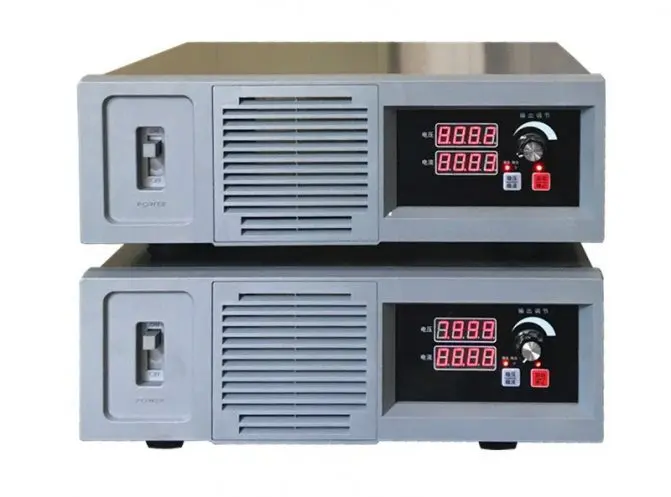
Провода, которые будут использоваться во время процедуры, должны выдержать максимальную нагрузку – 50А. Для этого потребуется модификация 2х2,5 (две жилы с соответствующим сечением).
Состав электролита и правила его приготовления
Основной компонент, который позволит хромировать изделия, это электролит. Без него невозможно выполнить процедуру. Чтобы металлический элемент получил соответствующий вид, раствор должен иметь следующий состав:
- Ангидрид хрома CrO3 – 250 грамм;
- Кислота серная (должна иметь плотность 1,84) H2SO4 – 2,5 грамма.
Эти компоненты в таком количестве разводятся в одном литре дистиллированной воды. Если объем раствора нужно увеличить, то объем всех компонентов увеличивается в соответствии с упомянутыми пропорциями.
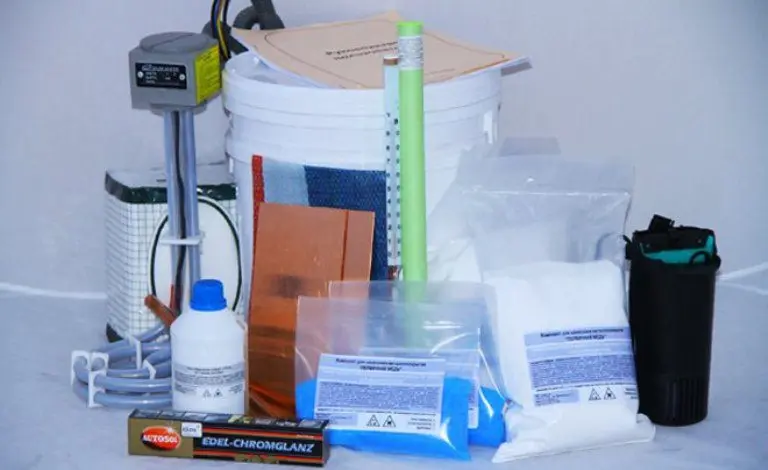
Все эти компоненты нужно правильно смешать. Вот как должна выполняться такая процедура:
- Вода нагревается приблизительно до 60 градусов по Цельсию;
- Лучше готовить электролит сразу же в той емкости, в которой будем обрабатывать деталь. Она заполняется половиной требуемого объема дистиллята;
- В горячую воду высыпаем ангидрид хрома и тщательно размешиваем, чтобы он полностью растворился;
- Доливаем недостающий объем воды, тщательно перемешиваем;
- В раствор наливаем нужное количество серной кислоты (добавлять вещество нужно аккуратно, тонкой струйкой);
- Чтобы электролит получился с правильной консистенцией, его нужно обработать при помощи электричества;
- В полученный раствор помещаем катод и анод на расстоянии друг от друга. Через жидкость пропускаем электрический ток. Напряжение определяется из расчета 6,5А/1л. раствора. Вся процедура должна длиться на протяжении трех с половиной часов. На выходе электролит должен получиться темно-коричневого цвета;
- Даем электролиту остыть и отстояться. Для этого достаточно поставить емкость в прохладное помещение (например, в гараже) на сутки.
Основные методы хромирования
Чтобы придать изделию характерное серебристое покрытие, применяется четыре метода хромирования:
- Металлизация поверхности – процедура, похожая на окрашивание. Для этого потребуется соответствующий набор реактивов, а также распылитель, работающий от компрессора. В результате на поверхность изделия наносится тонкий металлический слой.
- Гальванизация детали – процесс, при котором на поверхности изделия наслаиваются молекулы хрома. Особенность этого процесса в том, что он подходит не только для деталей из чугуна, стали, латуни или меди. С его помощью можно обработать пластмассу и дерево. Учитывая такую универсальность, эта методика более дорогая и затратная по времени. Он не подходит для домашних условий, потому что многие процессы во время обработки изделий должны контролироваться автоматически. Например, нужно строго придерживаться температурного режима (на протяжении около 8 часов), или контролировать концентрацию солевого раствора. Без сложного оборудования это крайне сложно сделать.
- Напыление в вакуумной камере;
- Диффузия в условиях высокой температуры.
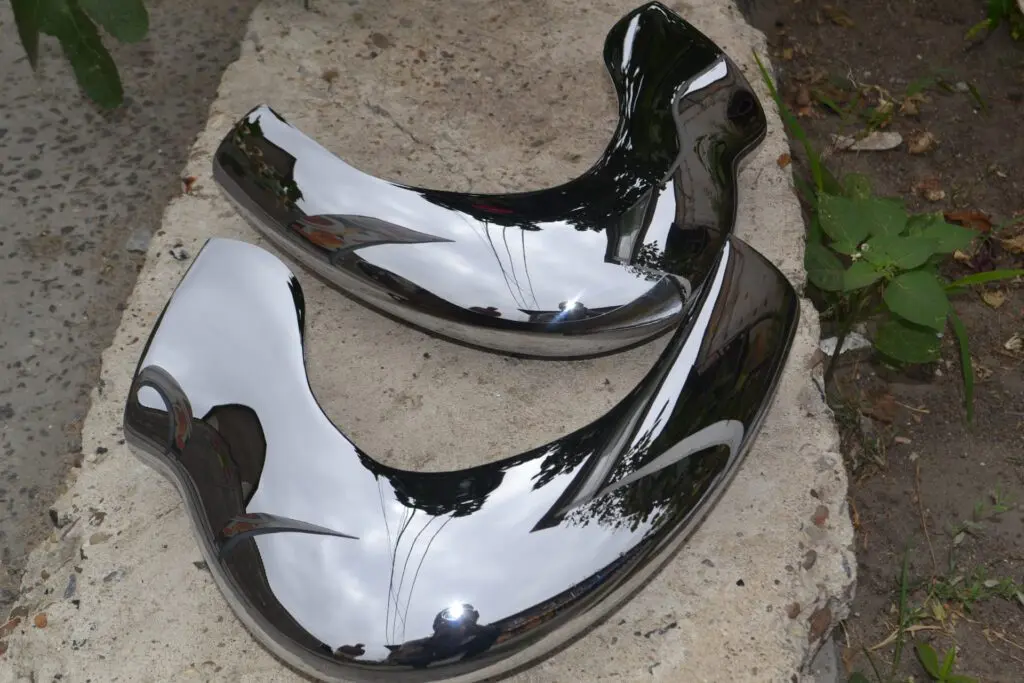
Проще всего выполнить первую процедуру. Для ее проведения существуют уже готовые наборы реактивов, которые имеют подробную инструкцию по смешиванию. Они выпускаются, например, фирмой Fusion Technologies. Такие наборы не требуют сложных гальванических установок, а наносить раствор можно на поверхность из любых материалов, включая стекло и керамику.
Последние два метода возможно выполнить только в заводских условиях. Гальваника также чаще используется на заводах, однако некоторым удается обеспечить необходимые условия для соответствующей реакции и в гаражных условиях. Он подойдет для обработки небольших деталей.
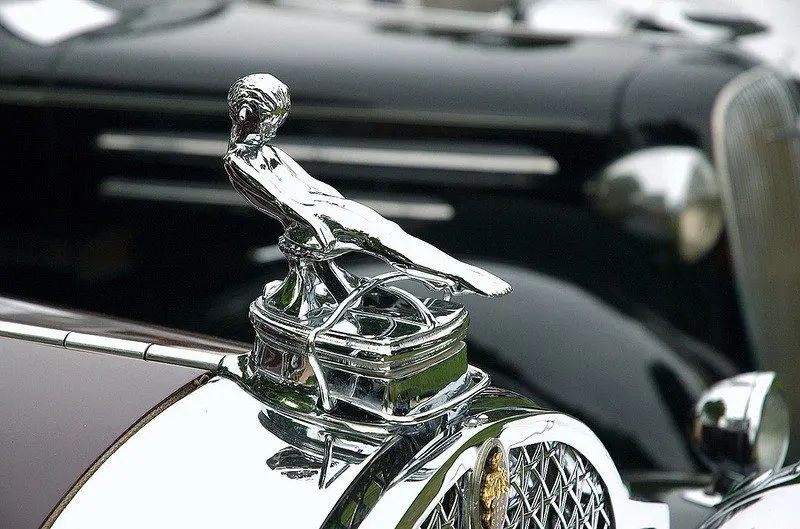
Что же касается рассматриваемого метода, для которого используется упомянутый выше электролит, то его эффект будет наблюдаться только в случае медных, латунных или никелевых деталей. Если есть необходимость в обработке обычных изделий, дополнительно перед хромированием на них наносят слой с напылением молекул соответствующих цветных металлов.
Как подготовить обрабатываемое изделие
Эффективность процедуры хромирования зависит от того, насколько хорошо будет подготовлен элемент. С него должна быть полностью удалена коррозия, а его поверхность – идеально гладкой. Для этого может потребоваться шлифование.
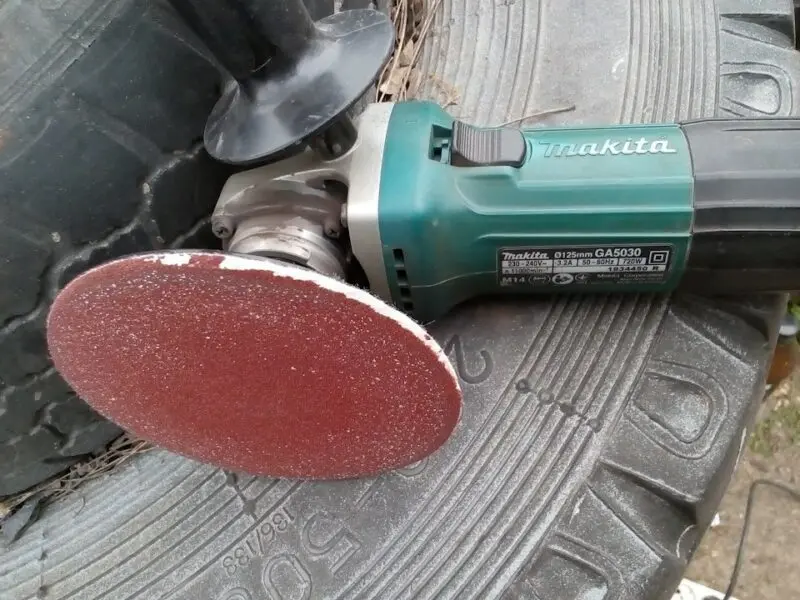
После того, как будет удалена старая краска, грязь и ржавчина, обрабатываемая поверхность должна быть обезжирена. Для этого также требуется использование особенного раствора. На один литр воды берут 150 грамм гидроокиси натрия, пять грамм силикатного клея и 50 грамм кальцинированной соды. Всю эту смесь требуется тщательно перемешать.
Далее приготовленную жидкость следует нагреть практически до кипения (около 90 градусов). В горячую среду кладем изделие (раствор не наносить, а использовать полное погружение детали) на 20мин. В случае большого количества изгибов, на которых не до конца удалены остатки грязи, то обработка должна проводиться в течение 60 минут.
Правила техники безопасности
Помимо основных инструментов и компонентов проводящий работу должен обеспечить хорошую вентиляцию в помещении, чтобы не получить химических травм дыхательных путей. Было бы лучше, чтобы над резервуаром была установлена вытяжка.
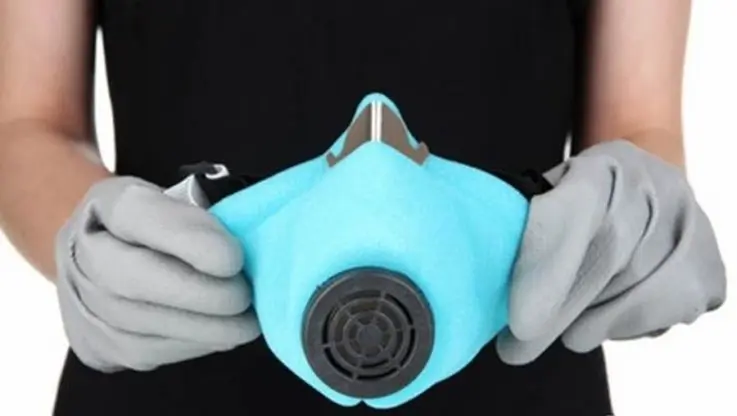
Далее необходимо позаботиться о средствах личной безопасности – респираторе, очках и перчатках. Когда процедура будет выполнена, останется кислотная жидкость, которую нельзя выливать ни в основную канализацию, ни на землю. По этой причине следует подумать, как безопасно утилизировать отходы после хромирования.
Причем следует позаботиться о том, куда будет удаляться вода, которая будет использоваться, чтобы промывать обработанные детали.
Порядок выполнения работы
Если хромироваться будет изделие, на котором нанесен тонкий слой цветного металла, то прежде чем начинать основную процедуру, контактную поверхность нужно активировать. Для этого обезжиренный элемент понадобится поместить в емкость с раствором соляной кислоты в дистиллированной воде (из расчета 100 грамм на литр) на 5-20мин. Продолжительность зависит от типа изделия и особенностей его формы.
Если оно ровное и гладкое, то достаточно минимального периода. В случае с деталью сложной конструкции стоит ее подержать чуть дольше, но не превышать указанное время, чтобы кислота не начала разъедать металл. После обработки деталь промывается в большом количестве чистой воды.
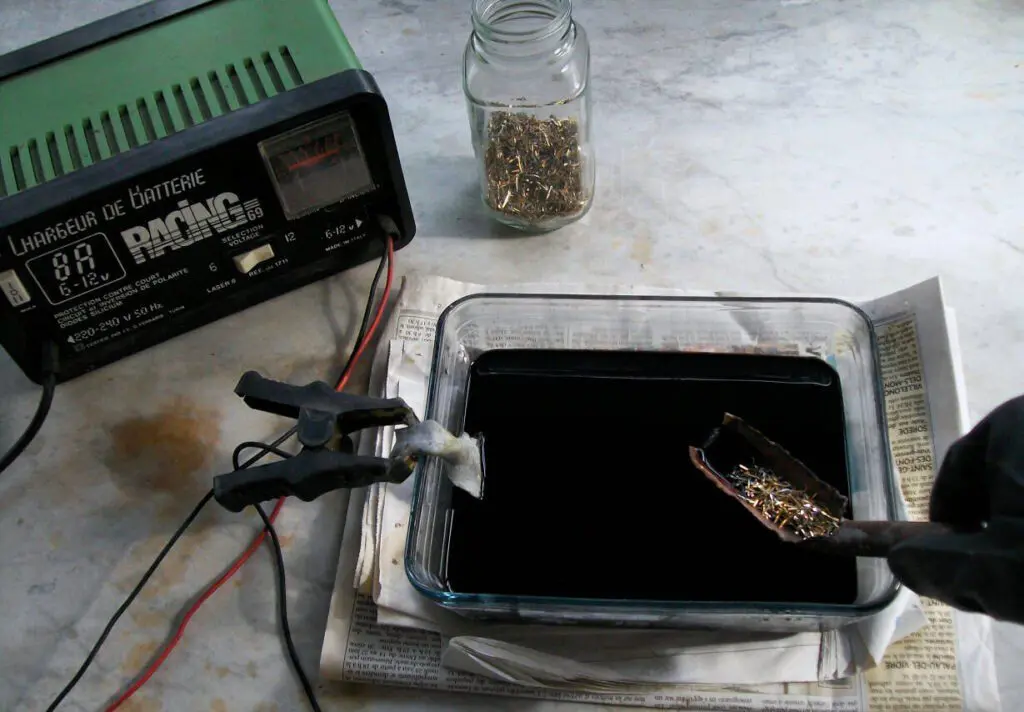
Далее нагреваем электролит до температуры +45оС. Элемент, подлежащий хромированию, подвешивают в резервуаре, к нему подсоединяется отрицательный провод. Рядом помещен анод из свинца, запитанный от клеммы «+».
На реостате выставляется сила тока из расчета от 15 до 25 Ампер на один квадратный дециметр поверхности. Деталь выдерживается в таких условиях на протяжении от 20 до 40мин. после обработки запчасть вынимаем из резервуара и промываем в большом количестве чистой воды. После того, как деталь высохла, ее можно отполировать микрофиброй, чтобы придать ей блестящий вид.
Основные дефекты и удаление некачественного хромового покрытия
Чаще всего начинающий химик не получит желаемого результата с первого же раза. Это не должно пугать, потому что для правильного выполнения процедуры требуется опыт и аккуратность. Для правильного выполнения процедуры требуется тщательный подбор обезжиривателей и химических комплектов, которые следует смешивать в соответствии с инструкцией производителя.
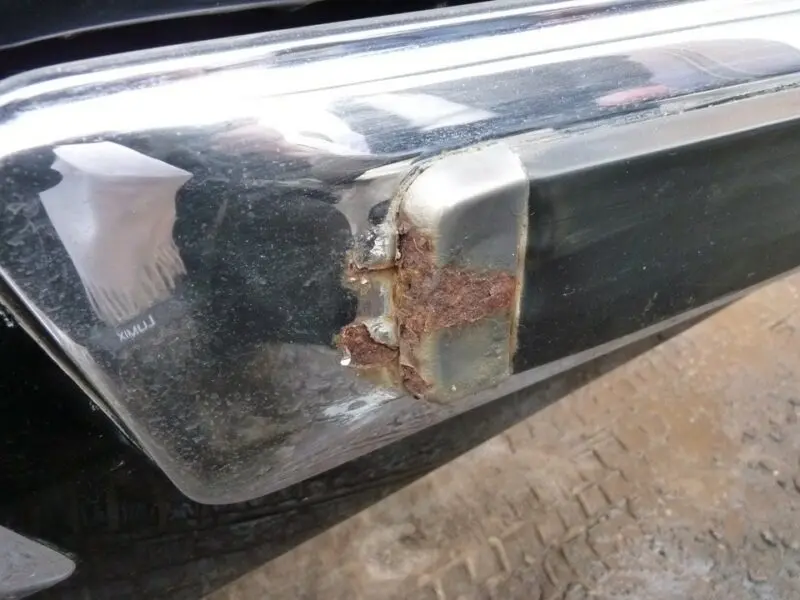
Если не получилось достичь желаемого результата, испорченный слой можно снять в концентрированном растворе воды и соляной кислоты. Жидкость готовится в таком соотношении: в литре дистиллята размешивается 200 грамм кислоты. После обработки элемент хорошо промывается.
Вот самые распространенные дефекты и причины их возникновения:
- Пленка отслаивается. Причина в недостаточном обезжиривании, из-за чего молекулы хрома плохо закрепляются на поверхности. В этом случае слой удаляют, более тщательно обезжиривают, и повторяют гальваническую процедуру.
- На гранях детали появились неестественные наросты. Если такое происходит, то острые края следует сгладить, чтобы они были максимально круглыми. Если такой возможности нет, то в проблемной зоне нужно поставить отражающий экран, чтобы на той части поверхности не концентрировалось большое количество тока.
- Деталь получилась матовая. Для повышения блеска следует сильнее нагреть электролит или увеличить содержание хрома в концентрате (в раствор добавить порошок ангидрида хрома). После обработки деталь обязательно нужно отполировать для достижения максимального эффекта.
Вот небольшое видео о том, как самостоятельно выполнить хромирование методом гальванирования в домашних условиях:

